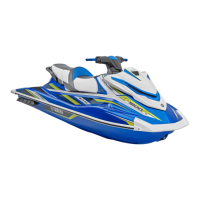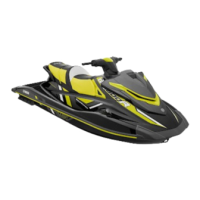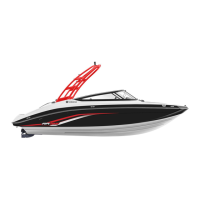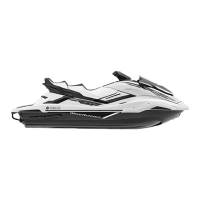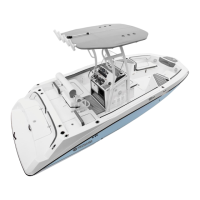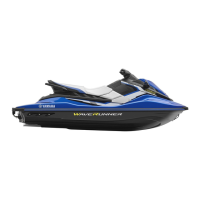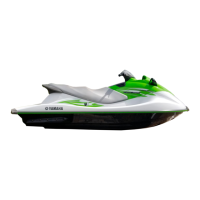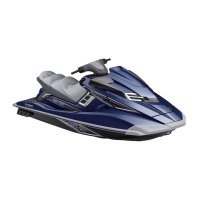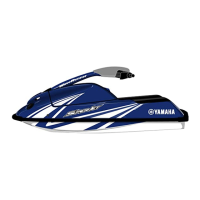What to do if my Yamaha 2019 WaveRunner GP1800R is slow or loses power?
- RRichard MillsJul 26, 2025
If your Yamaha Boat is slow or loses power, there could be several reasons. Make sure that the Low RPM Mode is deactivated. Check for and clean any cavitation. If the engine shows an overheat warning, clean the jet intake and cool the engine. Also, if the oil pressure is low, add oil. For issues like a damaged impeller, spark plug problems, incorrect heat range, incorrect gap, electrical wiring, fuel issues (stale, contaminated, or incorrect octane), air filter problems (clogged or oil buildup) or throttle lever issues, you should have your Yamaha Boat serviced by a Yamaha dealer.
